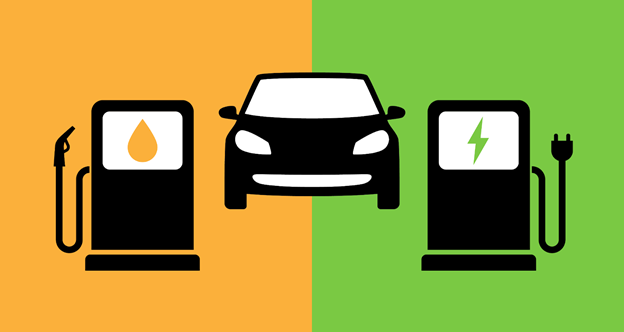Ladakh launches e-vehicle plan
Context
The Union Territory of Ladakh has come up with an electric vehicle policy, “Ladakh’s Electric Vehicle and Allied Infrastructure Policy 2022”.
Key-points
- The policy aims to transform Ladakh into a torchbearer in terms of the adoption of electric vehicles in the country and envisions to encourage and cultivate an EV ecosystem in the Union Territory.
- With this, the administration will encourage the citizens to procure and use e-vehicles to create a carbon-neutral future for the UT.
- The policy entails a capital subsidy of 10 per cent on two-wheelers, three-wheelers and four-wheelers.
- Public buses will be given a capital subsidy of 25 per cent under the policy.
Electric Vehicles
|
Indian Policies on EVs
- In 2010, the Ministry of New and Renewable Energy (MNRE), announced a financial incentive for manufacturers for EVs sold in India.
- The Rs 95-crore scheme envisaged incentives of up to 20 percent on ex-factory prices of vehicles, subject to a maximum limit.
- It was the first concrete decision to incentivize EVs. However, it was withdrawn by the MNRE in March 2012.
- In 2013, India unveiled the National Electric Mobility Mission Plan (NEMMP) 2020.
- It aimed to make a major shift to EVs and to address the issues of national energy security, vehicular pollution, and the growth of domestic manufacturing capabilities.
- It offered subsidies and created a supporting infrastructure for e-vehicles but the plan has not been implemented.
- In the Union Budget 2015-16, the ‘Faster Adoption and Manufacturing of EVs’ (FAME) scheme was announced, with an initial outlay of Rs. 75 crore.
- It aimed to offer incentives for clean-fuel technology cars to boost their sales to up to 7 million vehicles by 2020.
- In 2017, the Transport Ministry highlighted its intent to move to 100 percent electric cars by 2030.
- However, the automobile industry raised concerns over the execution of such a plan, so the government subsequently diluted the plan to 30 percent.
- In February 2019, the Union Cabinet cleared an Rs. 10,000-crore programme under the FAME-II scheme.
- It aims to encourage faster adoption of electric and hybrid vehicles by offering upfront incentives on the purchase of EVs.

